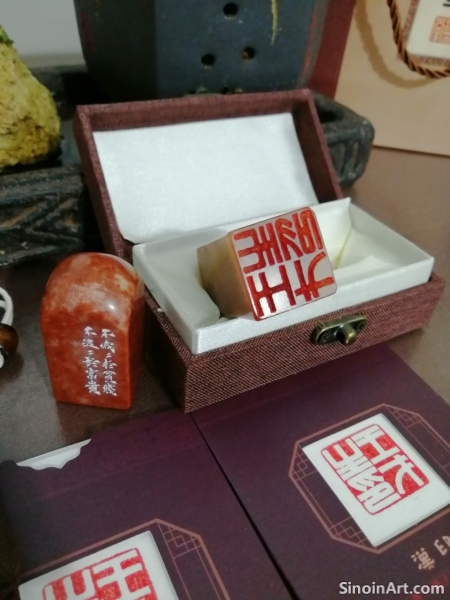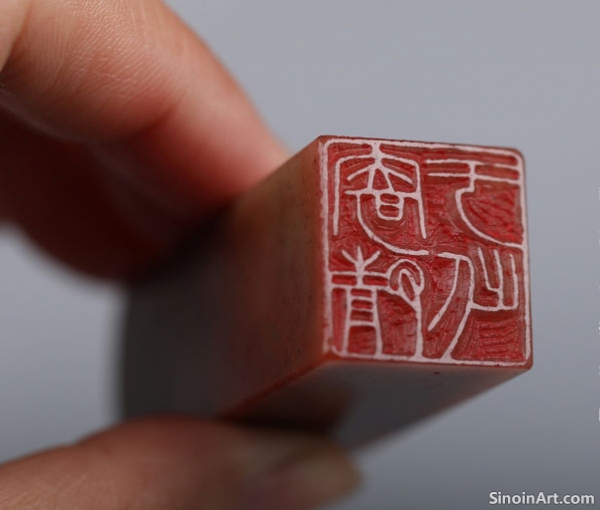Styles of Seal Carving: Exploring Regional and Artistic Differences
|
Chinese seal carving is not a monolithic art form; it encompasses a diverse range of styles, each reflecting regional influences, artistic preferences, and historical periods. From the bold and powerful styles of the Qin Dynasty to the more refined and elegant styles of later dynasties, seal carving offers a fascinating glimpse into the breadth and depth of Chinese art and culture. Understanding the various styles enriches appreciation of the art form. The nuances of these styles are key to appreciating the details of the art form.  One of the earliest and most influential styles of seal carving is the Qin style, developed during the Qin Dynasty. This style is characterized by its use of the small seal script, bold, rectilinear lines, and a sense of power and authority. It reflects the centralized authority of the dynasty. The characters tend to be balanced and symmetrical.  The Han style, which emerged during the Han Dynasty, is more ornate and refined than the Qin style. Han seals are characterized by the use of more curvilinear strokes, elaborate designs, and a greater emphasis on artistic expression. They often include pictorial elements, combining art and function. The designs are more diverse than previous styles.  The styles of the Ming and Qing Dynasties saw a renewed interest in calligraphy and a greater emphasis on individual style. Seal carving became an important outlet for personal expression, with artists experimenting with a variety of techniques and materials. The artwork of this period focused more on individuality and creative interpretation. In addition to stylistic differences based on historical periods, seal carving also features regional variations. The artists of different regions of China developed unique styles, influenced by the local culture, materials, and artistic traditions. These regional styles provide an opportunity to explore the various traditions within the art form. Local resources and artistic preferences led to variations in style. Understanding the various styles of seal carving is essential for appreciating the art form’s breadth and depth. Each style reflects a unique aesthetic and historical context, demonstrating the rich diversity of Chinese art and culture. By studying the differences between these various styles, it is possible to appreciate the nuanced beauty of the artwork. |
Tag : Seal Carving Styles, Chinese Seal Art, Zhuanke Variations, Regional Seal Styles, Artistic Traditions
Related information
- The Art of the Name Seal: An Introduction to Chinese Personal Seals
- The Materials of Seal Carving: From Stone to Ink
- Tools of the Trade: Essential Equipment for Seal Carving
- Materials Used for Studio Seals: From Stone to Jade and Beyond
- Collector's Seals and Provenance
This article introduces the concept of Chinese name seals, exploring their history, cultural significance, and the basic techniques involved in their creation.
This article explores the various materials used in Chinese seal carving, including the different types of stones, inks, seal pastes, and other supplies that contribute to the art form.
This article explores the essential tools and materials used in Chinese seal carving, focusing on the importance of carving knives, stones, ink pads, and other specialized equipment.
This article explores the diverse range of materials used in the creation of studio seals, including different types of stones, jade, and other less common materials, examining their aesthetic qualities and practical advantages.
Collector’s seals play a crucial role in establishing the provenance, or history of ownership, of a work of art or a book. The history of ownership is an essential component of establishing the value of a piece.